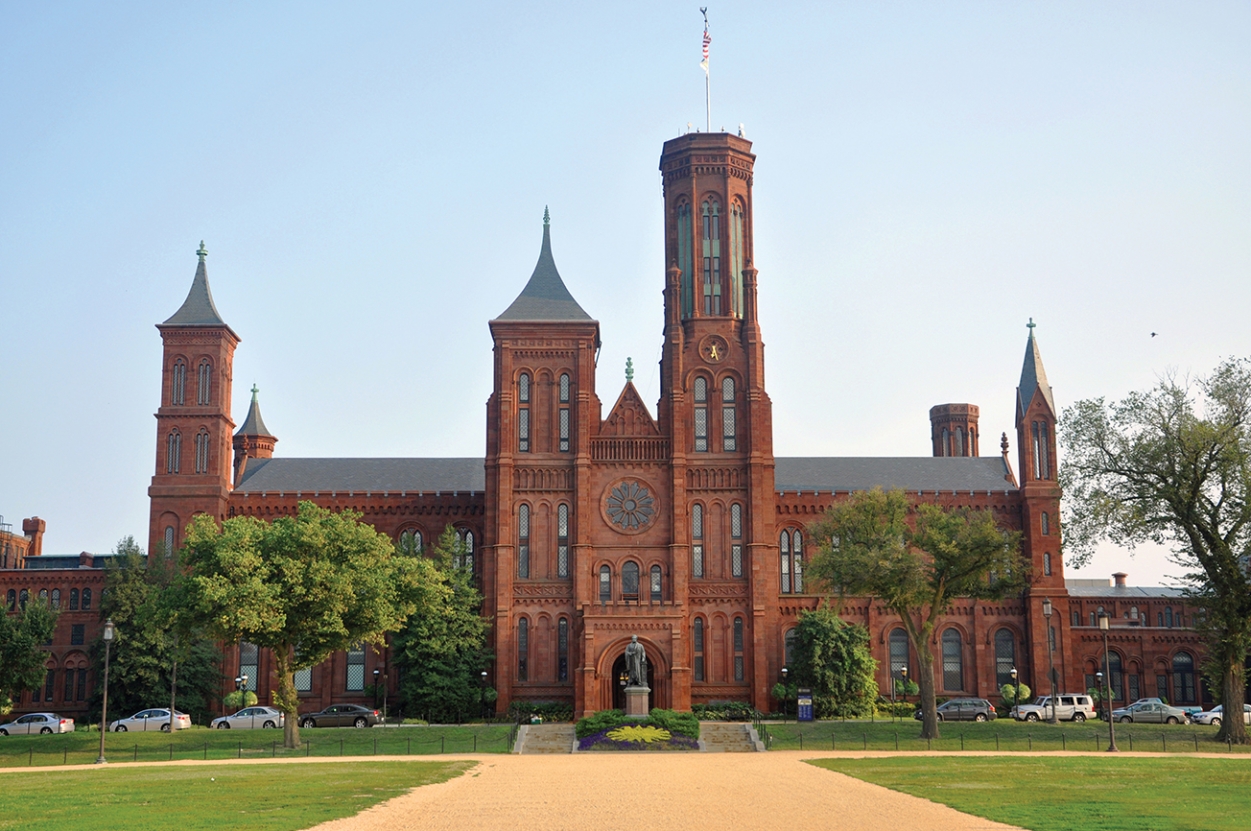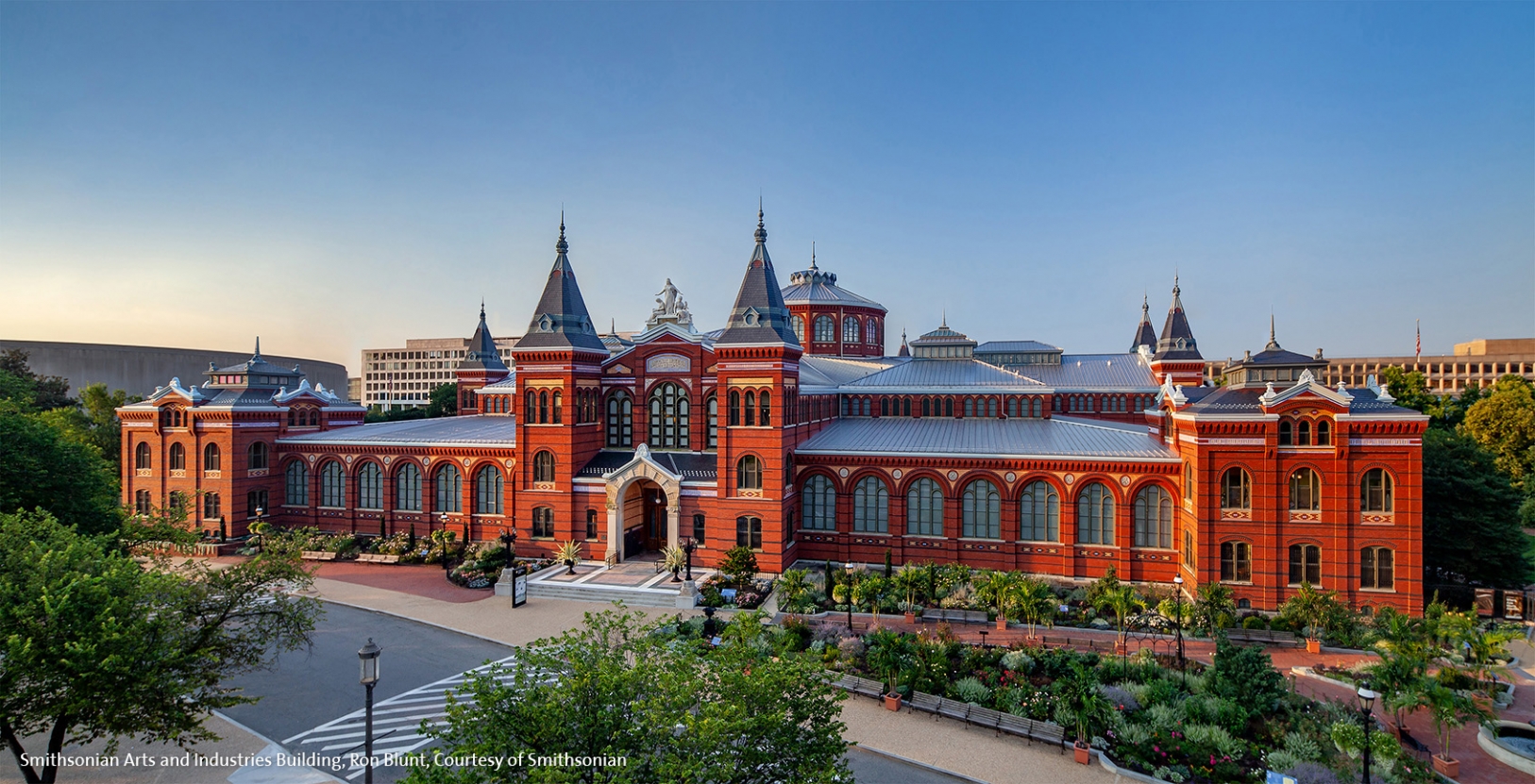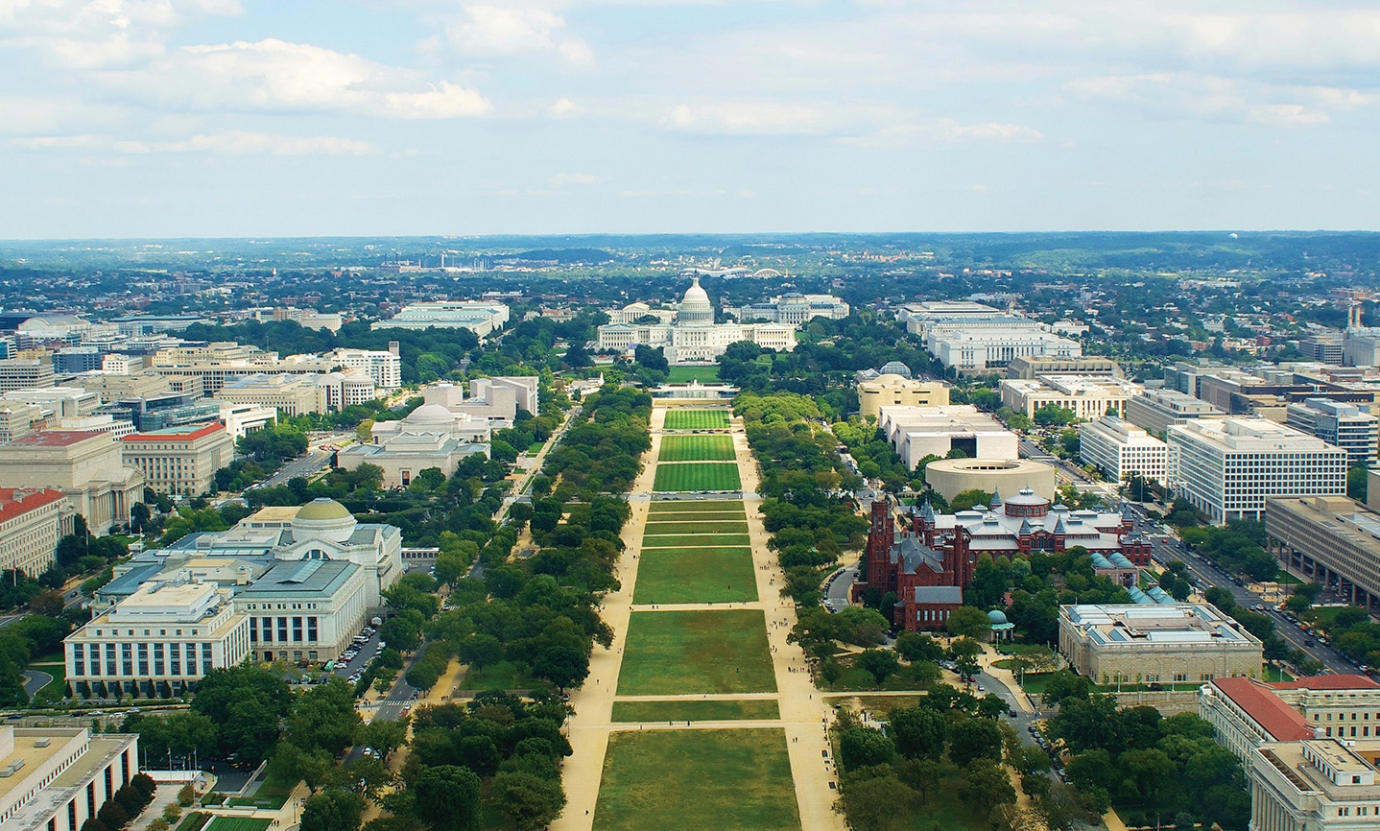The Smithsonian Institution Building (the Castle) and the Arts and Industries Building (AIB) have welcomed multitudes of visitors for more than 150 years. These buildings have embraced artifacts, curiosities, science laboratories, lecture halls, libraries, art galleries, and so much more. Over their lifetimes, both buildings have experienced numerous changes — accommodating expanding collections, evolving to meet public needs, and surviving fires and earthquakes.
EYP-Loring LLC, a joint venture between Page and Loring Consulting Engineers, is honored to work with the Smithsonian Institution to provide design and engineering support to modernize these historic structures for the 21st century. The Revitalize Historic Core project (the RHC) includes the Castle, the AIB, and a new underground central utility plant.
Once complete, the RHC will honor and protect architectural treasures while providing a visitor experience that promotes the Smithsonian's vision to engage, inspire, and impact the nation and the world.
The Castle
Constructed between 1847 and 1855 and designed by James Renwick, Jr., the Castle is the museum system's oldest building. Serving as the public's doorway to, and the symbol of, the Smithsonian Institution, the Castle is home to administrative offices and a visitor information center. The modernization work will preserve the building's picturesque exterior silhouette while restoring the principal interior spaces to their early 20th-century splendor and architectural significance. The team will also completely replace the building systems, upgrade windows, and provide structural reinforcement to protect against seismic events.
Arts and Industries Building
The AIB was designed by Adolf Cluss and Paul Schulze to house the National Museum's rapidly growing collections. Opened in 1881, the AIB is the nation's best-preserved example of 19th-century World's Fair or exposition architecture. Since 2015, the Smithsonian has used the building for special events, but after the team completes the full interior building rehabilitation, the AIB will reopen to the general public.
New Central Utility Plant
The project also includes a large below-grade addition to provide space for a new central utility plant that will supply the Castle and AIB and allow for future connection to other Smithsonian museums on South Campus. The addition will expand the existing loading facilities and include new spaces for critical support areas to serve the Castle and AIB. Infrastructure for storage, maintenance, and modern mechanical equipment will be located in the below-ground space so visitors can enjoy these historic buildings as they were intended.
Building Facts
- 259,000 SF modernization
- 185,000 SF new construction
- New central utility plant
- National Historic Landmarks


